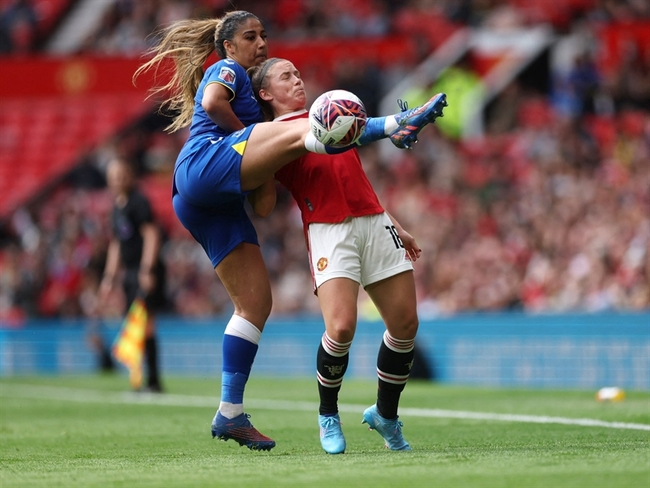You are viewing 1 of your 1 free articles
Improving compliance of load management programs in elite youth footballers

Paper title: Facilitators and barriers for implementation of a load management intervention in football
Journal: British Journal of Sports Medicine
Publication date: 22 June 2021
INTRODUCTION
The physical demands on elite youth football players are high compared to age-matched recreational athletes, and there is a high burden of injury and illness throughout the season. However, players, coaches, and other stakeholders do not adopt preventive measures well, limiting their effectiveness. Compliance is a critical factor in determining the success of an intervention, and thus there is a need to understand barriers and facilitators to create buy-in. There is limited evidence supporting the claim that training load may be a risk factor for injures, although this appears reasonable in theory. This observational study aimed to identify the barriers and facilitators in implementing load management strategies and players’ and coaches’ attitudes towards the role of load management for injury prevention.METHODOLOGY
In a previous randomized control trial (RCT), investigators surveyed players and coaches to investigate the barriers and facilitators of implementing load management strategies in injury prevention. The questionnaire aimed to identify the coaches’ and players’ views on injury risk in football, the general benefits and limitations of load management, and the implementation of load management in football.In the RCT, investigators randomized participants into an intervention and control group. The intervention involved coaches implementing an Acute:Chronic workload theory-based load management program, and the players electronically recorded their session perceived rating of exertion after every footballing activity. The control group did not record any training load data and performed training as usual. At the end of the RCT, investigators invited the participants to complete the survey.
RESULTS AND CLINICAL IMPLICATIONS
This study demonstrates that when both players and coaches are motivated, they influence each other’s attitude towards the intervention. The primary facilitators of compliance in both groups are:- Scientific evidence for injury preventive and performance-enhancing effect
- Time-efficiency.
The need for time-efficient prevention strategies is of clinical importance as players are reluctant to spend more than 10 minutes on preventive measures regardless of the invention’s effectiveness. However, if the intervention is performance-focused, players will devote more time and energy, up to 20 minutes. Clinically this presents practitioners with an opportunity; education on performance implications could improve compliance.
The expectations of the club or federation towards preventative strategies are essential for determining the motivation of coaches. Thus, the inclusion of high-level stakeholders is paramount to their success.
In conclusion, clinicians should collaborate to develop time-efficient strategies that are preventative and performance-enhancing. The sports medicine fraternity should continue to engage with high-level stakeholders to create awareness and promote any interventions within the sports industry.
Newsletter Sign Up
Subscriber Testimonials
Dr. Alexandra Fandetti-Robin, Back & Body Chiropractic
Elspeth Cowell MSCh DpodM SRCh HCPC reg
William Hunter, Nuffield Health
Newsletter Sign Up
Coaches Testimonials
Dr. Alexandra Fandetti-Robin, Back & Body Chiropractic
Elspeth Cowell MSCh DpodM SRCh HCPC reg
William Hunter, Nuffield Health
Be at the leading edge of sports injury management
Our international team of qualified experts (see above) spend hours poring over scores of technical journals and medical papers that even the most interested professionals don't have time to read.
For 17 years, we've helped hard-working physiotherapists and sports professionals like you, overwhelmed by the vast amount of new research, bring science to their treatment. Sports Injury Bulletin is the ideal resource for practitioners too busy to cull through all the monthly journals to find meaningful and applicable studies.
*includes 3 coaching manuals
Get Inspired
All the latest techniques and approaches
Sports Injury Bulletin brings together a worldwide panel of experts – including physiotherapists, doctors, researchers and sports scientists. Together we deliver everything you need to help your clients avoid – or recover as quickly as possible from – injuries.
We strip away the scientific jargon and deliver you easy-to-follow training exercises, nutrition tips, psychological strategies and recovery programmes and exercises in plain English.









